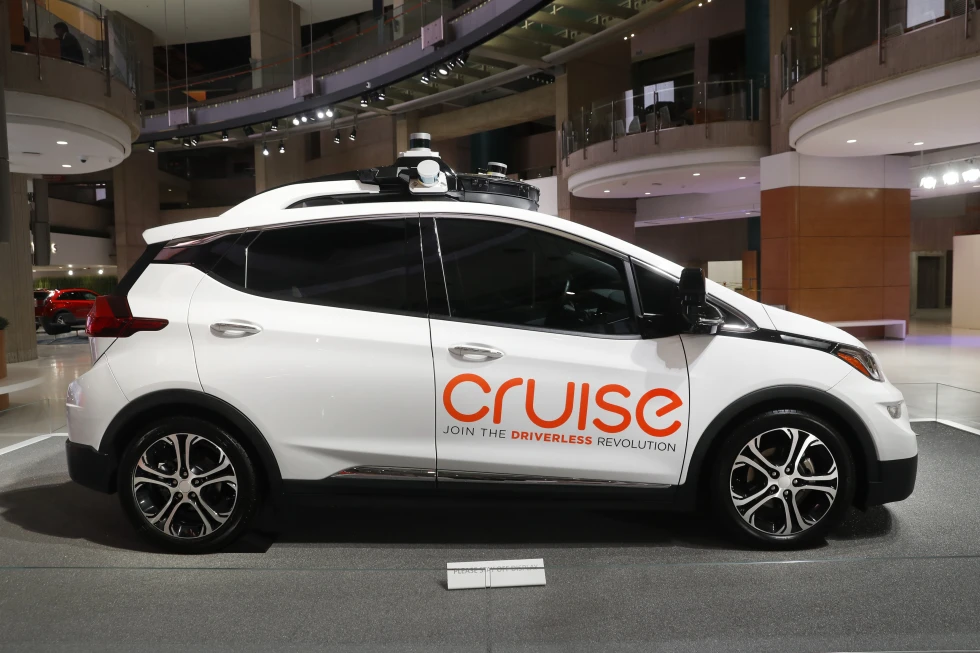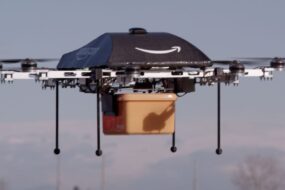
General Motors (GM) announced on Tuesday that it will exit the robotaxi business and stop funding its unprofitable Cruise autonomous vehicle division. Instead, GM will shift its focus to developing partially automated driver-assist systems for personal vehicles, such as its Super Cruise, which allows drivers to remove their hands from the steering wheel.
GM explained its decision to step away from the robotaxi market, citing the significant time and resources needed to scale the business and the growing competition in the sector. The company also plans to merge Cruise’s technical team with its own to focus on advancing systems that assist drivers.
GM acquired a controlling stake in Cruise, a San Francisco-based automation company, in 2016 with the ambition of developing a profitable fleet of robotaxis. Over the years, GM invested billions into Cruise, eventually acquiring 90% of the company, but this came at a significant financial loss. Since GM’s $581 million acquisition of Cruise, the robotaxi service has incurred more than $10 billion in operating losses while generating less than $500 million in revenue, as reported to shareholders.
The shift away from Cruise marks a dramatic reversal of GM’s earlier commitment to the venture, which saw the company pour $2.4 billion into the division, despite continued losses. GM had even projected that Cruise would generate $1 billion in annual revenue by 2025. However, the company scaled back its investment after a 2023 incident in which one of Cruise’s autonomous Chevrolet Bolts struck a pedestrian in San Francisco, an event that also led to the suspension of Cruise’s operating license in California. The company faced further scrutiny when it was accused of covering up the incident for over two weeks, resulting in leadership changes and significant layoffs.
GM CEO Mary Barra stated that the company will now focus on personal vehicles and developing systems capable of driving autonomously in certain circumstances. GM intends to purchase the remaining shares of Cruise, eventually taking full ownership of the company.
This move by GM reflects a broader trend within the auto industry, as developing fully autonomous vehicles has proven more difficult and costly than anticipated. Two years ago, Ford discontinued its Argo AI autonomous vehicle project, citing a lack of clear profitability.
Despite GM’s retreat, other companies like Alphabet’s Waymo continue to expand their robotaxi services. Waymo is planning to test driverless Jaguars in Miami next year, with plans to begin charging for rides by 2026. Tesla also aims to have autonomous Model Y and Model 3 vehicles operating without human drivers by 2026, though concerns over the safety of Tesla’s Full Self-Driving system have emerged.
GM’s restructuring of Cruise is expected to save the company over $1 billion annually. Cruise, with about 2,300 employees, will maintain a presence in San Francisco, though employment levels may change as the restructuring progresses. GM plans to leverage Cruise’s software, AI, and sensor development to enhance its own driver-assist technologies. After the announcement, GM’s stock rose about 3%, bringing its total gain for the year to approximately 47%.








